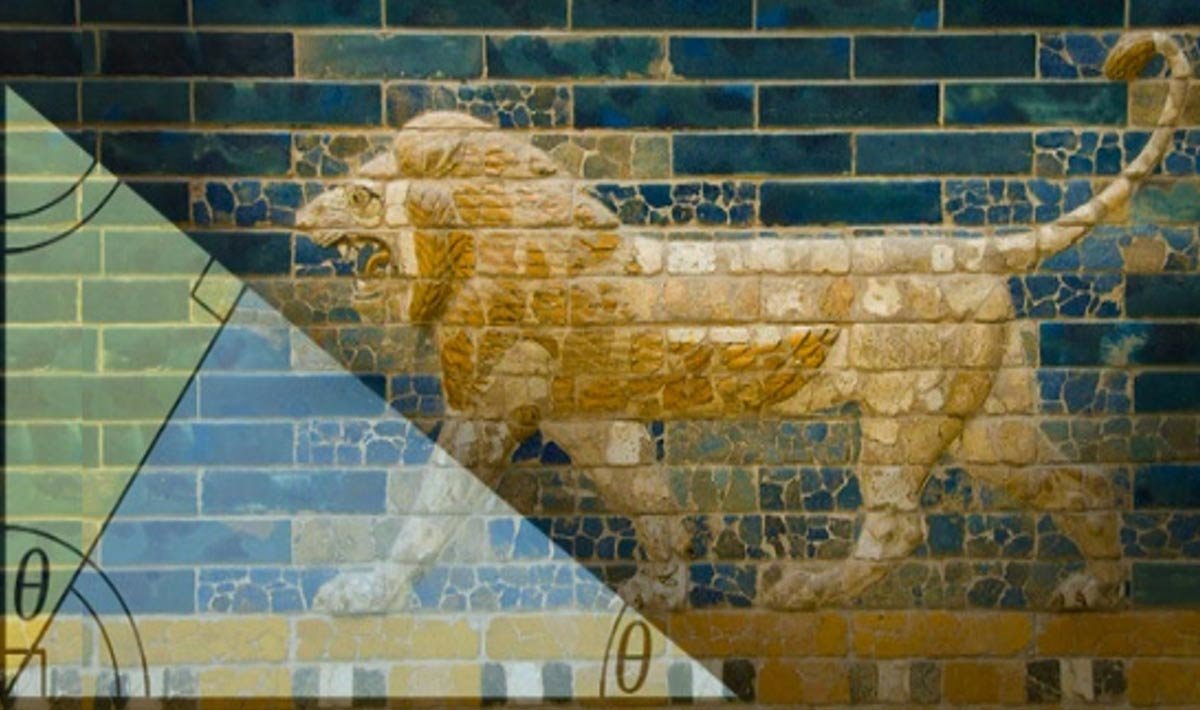OF THE
TIMES
Today as never before we need to comprehend the course, logic, and path of the process of history. Every day we need to make decisions that will affect future generations. It has become obvious that no single nation, confession, social class or even civilization can solve these problems on its own. We increasingly have to listen to one another: Europe and Asia, Christians and Muslims, White and Black peoples, citizens of modern democratic states and places where traditional society survives. The key is to understand one another correctly, avoid hasty conclusions, and acquire the true spirit of tolerance and respect toward those with different value systems, habits, and norms.
WoW , that would make really good Grenadine. You probably would only need like 3 drops for a Shirley Temple.
That's because they have failing business model. People are not obligated to subsidise someone "wants" of having a business. Restaurant industry...
I know one thing for sure , about D.N.A. , that is interesting to me. It's really the ONLY thing interesting about it. In 1996 at a convention in...
If you have the mRNA inside your body, this news might be of interest to... Forget that thought, you normally investigate any substance being...
Some of you guys should reread article. Witch or wicca(masculine )or wicce(feminine) was a shamanism practice that yielded positive results. The...
To submit an article for publication, see our Submission Guidelines
Reader comments do not necessarily reflect the views of the volunteers, editors, and directors of SOTT.net or the Quantum Future Group.
Some icons on this site were created by: Afterglow, Aha-Soft, AntialiasFactory, artdesigner.lv, Artura, DailyOverview, Everaldo, GraphicsFuel, IconFactory, Iconka, IconShock, Icons-Land, i-love-icons, KDE-look.org, Klukeart, mugenb16, Map Icons Collection, PetshopBoxStudio, VisualPharm, wbeiruti, WebIconset
Powered by PikaJS 🐁 and In·Site
Original content © 2002-2024 by Sott.net/Signs of the Times. See: FAIR USE NOTICE

Reader Comments
to our Newsletter